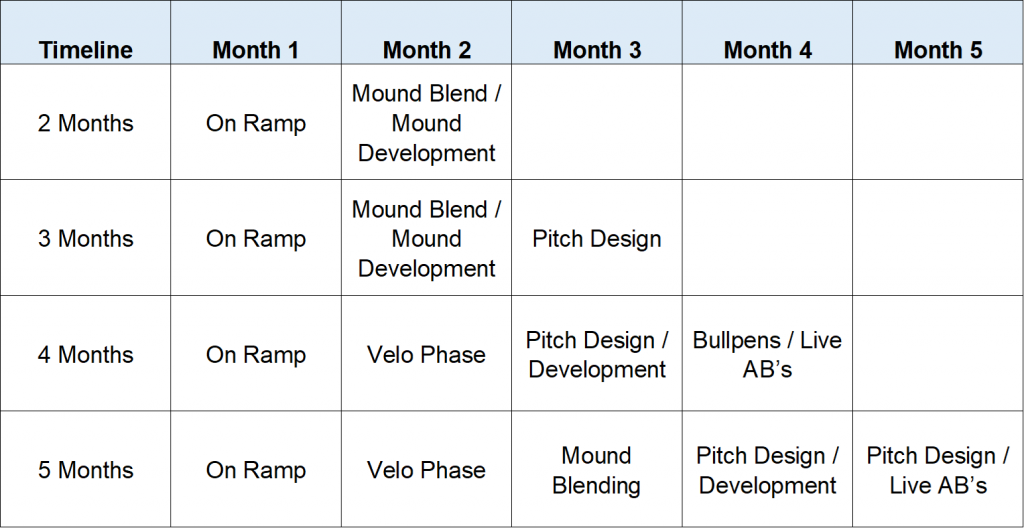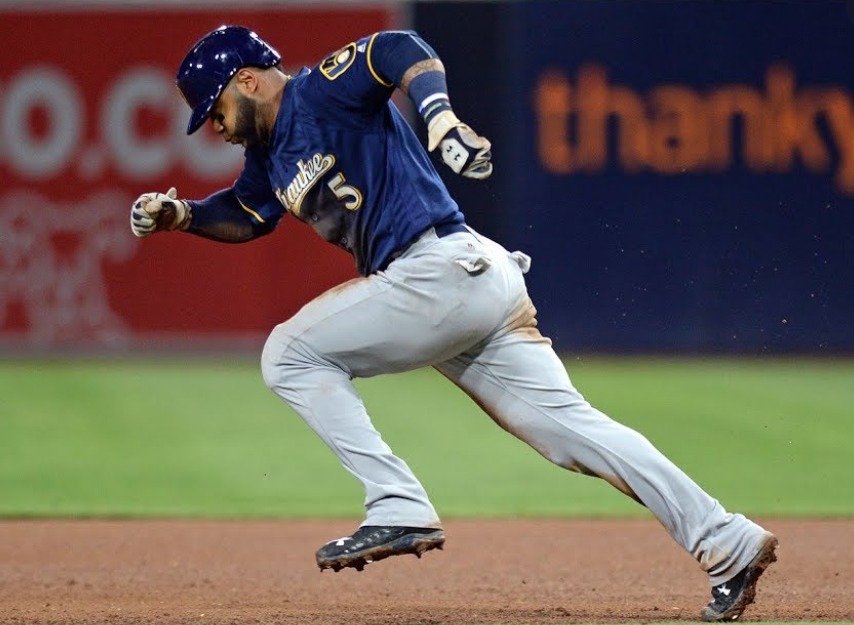
Over the past few years, we have had hundreds of baseball players, specifically pitchers come through our facility. While they come in all shapes, sizes and technical ability, they all are looking to do the same thing, how to throw a baseball harder and do so safely working with a baseball throwing program. So, while this article is about how we build throwing programs, it’s important to highlight that the body has its own language and agenda, and you cannot learn it by only learning 3 or 4 words. You certainly can’t do it by slapping together some throwing drills with long toss and pull-down days. Continue reading “How to Build a Baseball Throwing Program”







